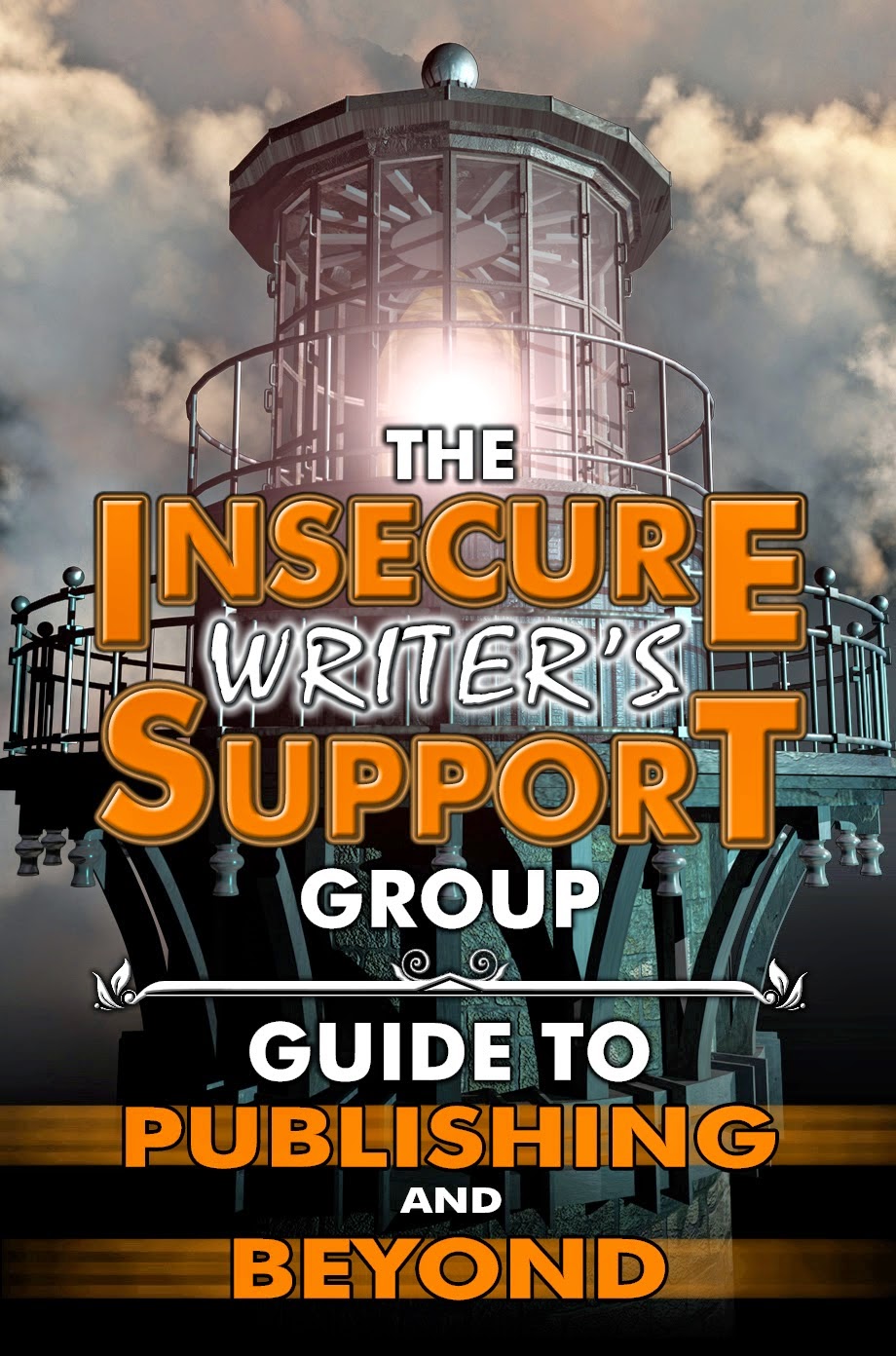When someone is reading a story they are assigning a value to what they are reading. This value can be anywhere from ‘I have absolutely no interest in this’ to ‘I have to know what happens next, sleep be damned’. Obviously you want them to be nearer one end of the scale than the other.
While it’s impossible to have a story where the reader’s engagement is turned up all the way to 11 from beginning to end, there are ways to help you get the most out of a scene, no matter what the premise might be.
Action, conversation, or even a familiar set up that’s been written about a zillion times before— they can all be vastly improved if the reader actively wants to know what’s going on. And there are ways you can help nudge them in that direction.














































































































